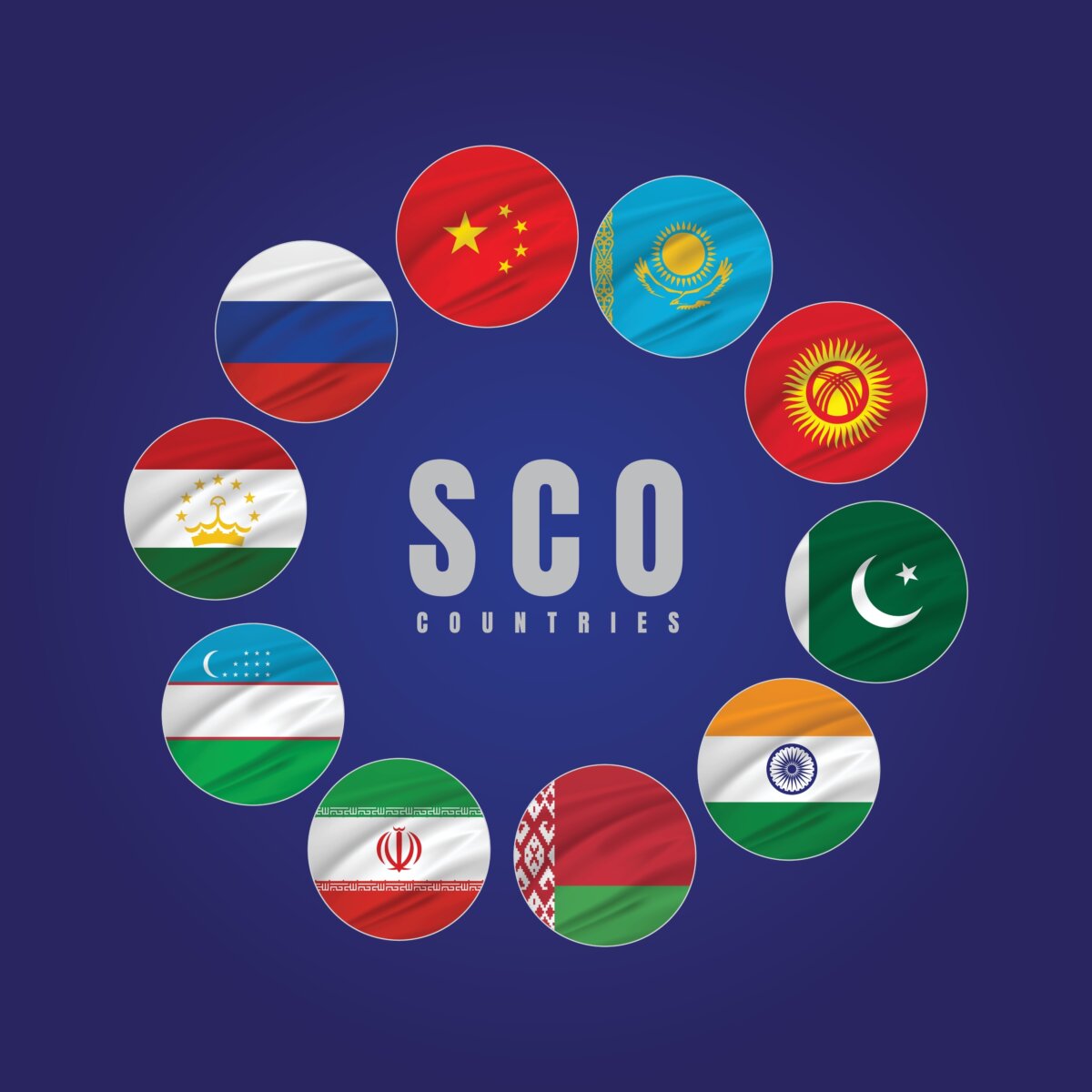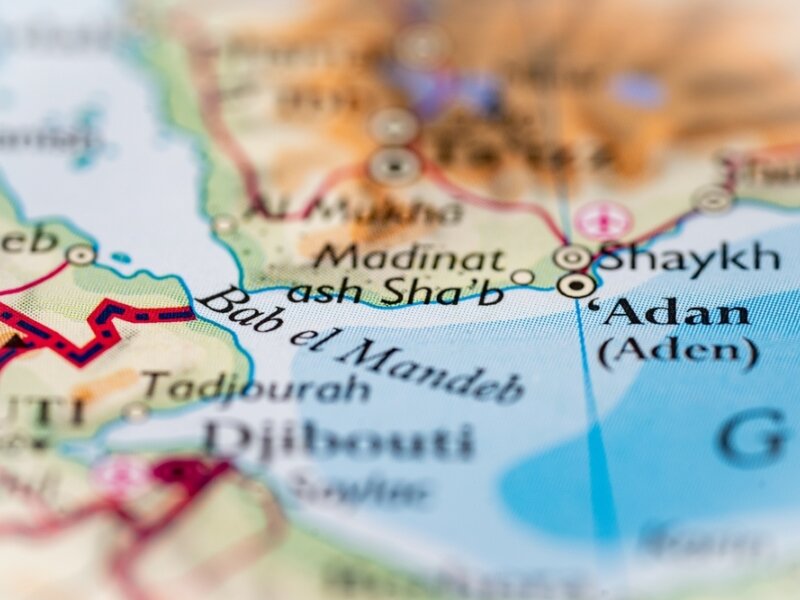Shanghai Cooperation Organization, a show of Unity?
Il meeting della Shanghai Cooperation Organization si conclude, deludendo le aspettative di Russia e Cina, con un accordo di facciata. L’analisi di Guido Bolaffi

Prima di parlare – dice il proverbio – conta fino a mille. Una prudenza tanto più obbligata nel caso di un evento complicato (e per di più virtuale) come quello della Conferenza del 4 luglio scorso tra i Capi di Stato dei paesi della Shanghai Cooperation Organization (SCO). Che deludendo le aspettative di Mosca e Pechino tra tutti, e forse anche le attese di Teheran – new entry dell’Organizzazione – si è risolta, per usare l’ironico titolo del commento di Alexandra Sharp su Foreign Policy, in “A show of Unity”.
Infatti i partecipanti al Forum, date le difficoltà e per evitare guai peggiori, hanno preferito l’accordo di facciata. Tanto è vero che Al-Jazeera nel pezzo Is the SCO Putin’s escape from global isolation?, dopo aver amaramente ricordato che “The SCO’s origins lie in the signing of the Shangai Five pact in 1996 in Shanghai, an agreement designed to settle border disputes between China and its post-Soviet neighbours Russia, Kazakhstan, Kyrgyzstan and Tajikistan. Today, it faces another continuing conflict along Russia’s borders with another post-Soviet nation, Ukraine”, ha scritto senza mezzi termini che “There are tensions among some members of the SCO [...] The two most populous countries, China and India, have a nearly three-year-old standoff involving thousands of soldiers [...] India and Pakistan are also barely talking, their decades-old tensions at a high [...] Recently Kazakhstan has shown signs of pivoting away from Russia and Kazakh President Kassym-Jomart Tokayev announced he would not attend an annual economic forum in Saint Petersburg, Russia”.
Tensioni e divisioni per altro già emerse in occasione del meeting dei Ministri degli Esteri SCO riuniti lo scorso maggio a Goa in vista della Conferenza di luglio dei loro Capi di Stato. Quando l’indiano Subrahmanyam Jaishankar in un velenoso tweet Victims of terrorism do not sit together with perpetrators indirizzato al suo omologo pakistano Bhutto Zardari, aveva affermato: “Pakistan’s credibility in dealing with terrorism is depleting faster than their forex reserves”.
Al netto delle serie, serissime contrapposizioni politiche emerse nel corso dei lavori della Conferenza 2023, la Shanghai Cooperation Organization presenta oggi altre e ben più serie ragioni di crisi.
In primis quella della sua a dir poco complicata struttura, perfettamente fotografata da Chris Devonshire-Ellis nel pezzo Iran to Join Shanghai Cooperation Organization On July 4th as A full Member: “India, Kazakhstan, China, Kyrgyzstan, Russia, Pakistan, Tajikistan and Uzbekistan are full members [...] The grouping included Iran as its new ninth member. Afghanistan, Belarus and Mongolia have observer status, while six countries - Azerbaijan, Armenia, Cambogia, Nepal, Turkey and Sri Lanka - have a dialogue partner status”.
Ma soprattutto perché gli scopi e le finalità della sua nascita sembrano appartenere ad un passato ormai lontano, e non in sincronia con i profondi cambiamenti in atto nella moderna geopolitica. Come segnala l’ultimo rapporto The rise of geopolitical swing states di Goldman Sachs, che a metà dello scorso mese di maggio scriveva: “As the U.S. and China coexist, compete and confront each other to determine who will set geopolitical rules, they will either court or thwart an emerging group of countries to gain an edge [...] In the 2020s everything is geopolitical and there is no country or multilateral organization that has the capacity to arbitrate these tensions”.
Concetti ripresi su Indian Express del 5 luglio da C. Raja Mohan nell’articolo Move over SCO and BRICS – swing states are set to take precedence: “SCO and BRICS are running out of their geopolitical steam as the context that brought them together at the turn of the millennium no longer exists [...] The SCO’s core objective was to counter external threats from Us. Central Asia’s rulers welcomed the protection Russia and China offered against the threat of regime change sponsored by the West. After Moscow’s invasion of Ukraine and the Russian nationalistic claim that many former Soviet republics are artificial states, the source of external threat looks different in Central Asia. Nor does the region seek to trade Russian hegemony for Chinese dominance. central Asian states, instead, are looking to diversify their international relations, including with the US, Europe, Japan, Turkey and India”.



